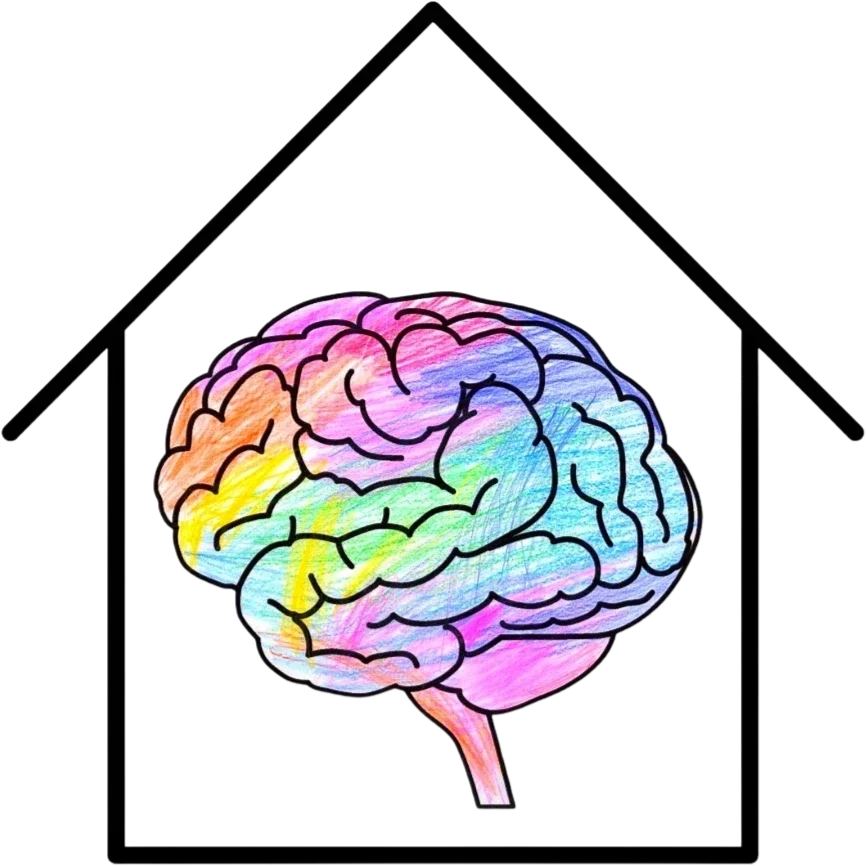Nervous System 101
The nervous system is in charge of how we respond to stress. In this Brain Club®, we talk about the basics of how this works.
Click for infographic (PNG)
Click for Plain Language Summary (PDF) — also the alt text for the infographic
For transcripts of the video, click here for instructions or click here for video demonstration
Summary
- We all get dysregulated at times. Dysregulation can look different for different people at different times. Flight, fight, freeze, flood, fawn, fatigue are some signs of dysregulation.
- In this Brain Club® we discuss the basics of regulation, how the autonomic nervous system works, factors the impact the nervous system, and strategies for becoming neutral observers of one’s own nervous system.
Further learning:
Key terms:
| Regulation or “regulated” | Regulation means your brain, body, and nervous system are working together to help you do what you need to do. This doesn’t always mean being calm. |
| Dysregulation or “dysregulated” | Dysregulation means your brain, body, and nervous system are not working together well. This usually happens when something stressful happens. |
| Autonomic nervous system | The autonomic nervous system helps control things your body does without thinking, like breathing, heart beating, and digestion. |
| Neuroception | Neuroception is how your body checks for danger or safety around you. |
| Polyvagal theory | Polyvagal theory was created by Dr. Stephen Porges. It explains how our nervous system reacts when we feel safe or when we feel in danger. |
| Dysautonomia | See What is Dysautonomia? |
Attribution:
Dr. Mel Houser (1/4/2025)
Year Published:
2025
Video Length:
43:45
